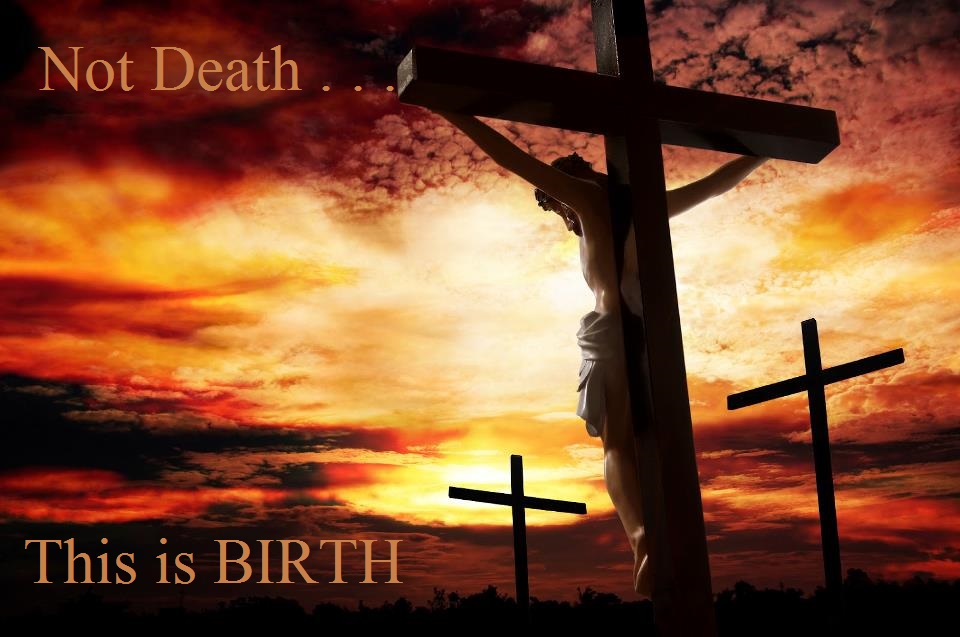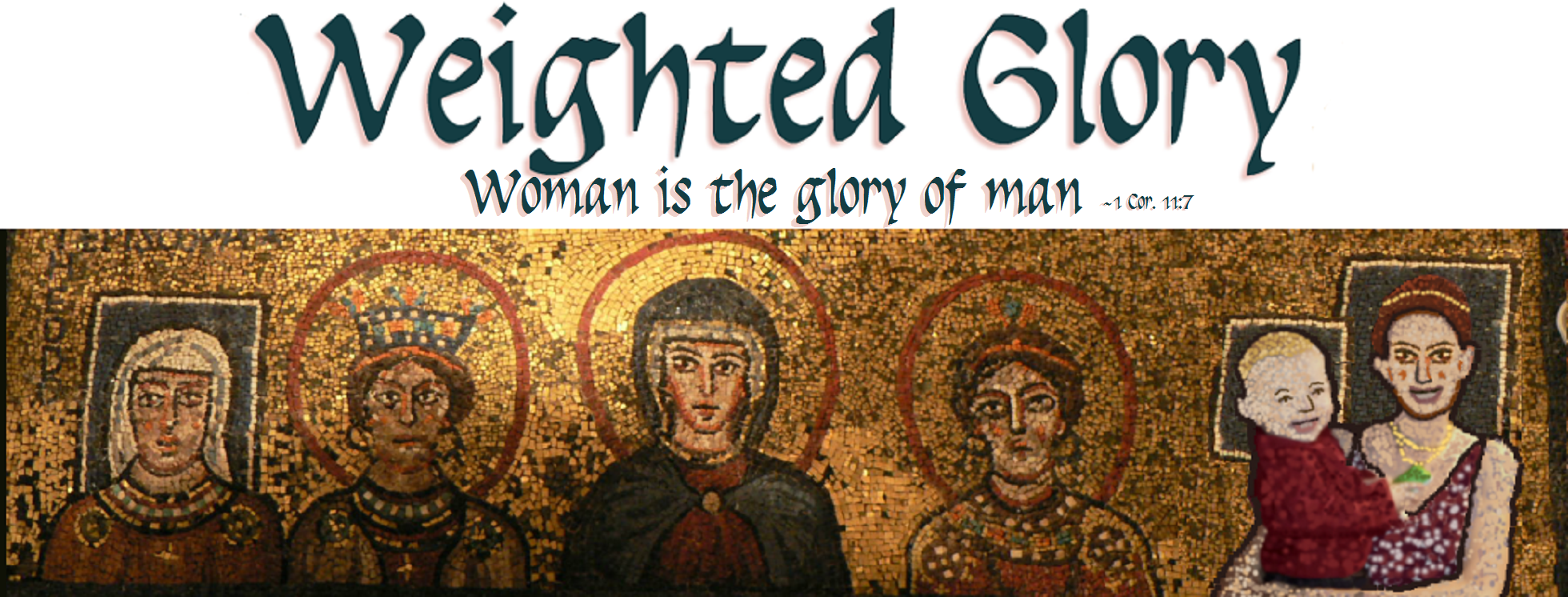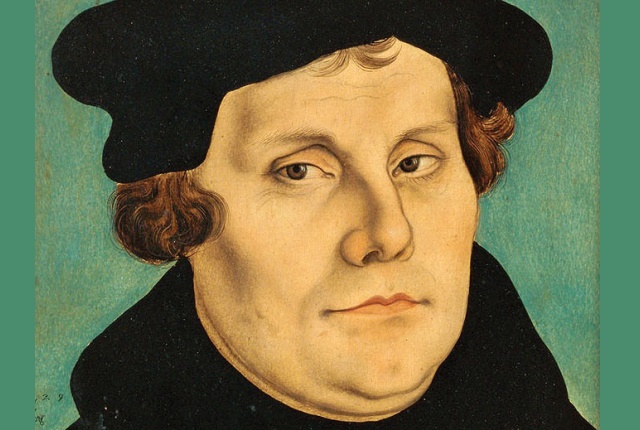
Today is Good Friday, the day when we remember Jesus’ suffering on the cross, in anticipation of Easter Sunday, when we celebrate his victory over death through resurrection.
Peter spoke of this on the day of Pentecost in Acts 2:22-24, when he said (emphasis mine):
“Fellow Israelites, listen to this: Jesus of Nazareth was a man accredited by God to you by miracles, wonders and signs, which God did among you through him, as you yourselves know. This man was handed over to you by God’s deliberate plan and foreknowledge; and you, with the help of wicked men, put him to death by nailing him to the cross. But God raised him from the dead, freeing him from the agony of death, because it was impossible for death to keep its hold on him.” (NIV)
What most people don’t know is that the part I highlighted in v. 24 is a bit of a mistranslation. The Greek for “agony” there, ōdinas (ὠδῖνας), doesn’t just mean “agony.” It quite specifically means “birth agony.” The pains of labor and childbirth. The correct translation of the passage would be, “freeing him from the birth pains of death.”
I know of no English translations that preserve the true metaphor of the original Greek. Why is that? Are we uncomfortable with the idea of a man suffering the pains of labor? Does that make our God too feminine for our liking? Or is it simply because the idea of “birth pains of death” is too confusing? Birth, after all, is supposed to be about life, not death.
In her book, Giving Birth: Reclaiming the Biblical Metaphor for Pastoral Practice, Margaret L. Hammer presents some insights that are worth quoting at length here. She says:
The birthing imagery—unmistakable in the Greek original—is lost in most translations. “Pangs” or “pain” is usually all that remains of Peter’s birthing metaphor, sometimes even that is dropped in order to produce a smooth, sensible translation. The phrase in question . . . is not an idiomatic expression that is just difficult to translate. On the contrary, the antecedents of it syntax are few, and nowhere else are the elements put together quite like this. The difficulty, rather, lies with the metaphor itself, as it pushes the boundary of our comprehension. What in the world does “the “birth pangs of death” mean?
Peter’s use of such an unusual figure of speech here can hardly be an accident. This curious metaphor is at the heart of the first Christian sermon, delivered on the spirit-filled “birthday” of the church. With it Peter aptly communicates the creative purpose of Jesus’ terrible death: It was not a disgraceful dead end, but rather the travail of bringing forth new life. Moreover, this metaphor taps into the language of messianic expectation current in Peter’s day. As noted in chap. 3, the Old Testament had used the distress associated with labor contractions to depict reactions of helplessness and fear, not least the helplessness and fear wrongdoers experience when confronted with the Day of the Lord. By the late postexilic period, this travail imagery had acquired clearly apocalyptic overtones—thus rabbinic literature spoke of the “birth pangs of the Messiah,” and Jesus himself spoke of the birth pangs of the end times. In this milieu, Peter’s words ring forth as a birth announcement for the messiah and the messianic age. [1]
Later, Hammer concludes (emphasis mine):
Christ’s birth work on the cross means that women suffering in childbirth can look to Jesus as their sister in meaningful, life-giving suffering; the point of comparison, of course, is not only the suffering but also the creative purpose and the joy of accomplishment. The suffering of childbirth is real, but in the end it is worth it all—both because it is such an intense experience of life and because of the beloved children who emerge. Lifting up this point of connection between female experience and Christ’s saving work gives women a resource for dealing with their travail, and equally important, shows Christ as fully human, a person who is not limited to male experience.
Christ entered fully into our world and at the same time gave us insight into the God who is neither male nor female, but encompasses both. Thus, too, we may look to Christ as the mother of our faith. . . .
God-in-Christ did not abhor or fear a woman’s womb, but entered into it—and enjoyed the experience. God-in-Christ did not treat women as walking wombs, but regarded them as full human beings. God-in-Christ did not shun the birthing travail of death, but lived through it, and in so doing transformed it to joy for all the people. From this perspective, birth from on high does not denigrate birth from the wombs of women, but reaffirms it. [2]
I do not mind wishing people a “happy Good Friday,” even though it’s the day we remember Christ’s death on the cross. The pain that I experienced during the labor and birth of my son was the worst I have ever known and, very possibly, will ever know. Yet when I look back on the day, I don’t feel sorrow or fear at what I experienced. The experience of the pain of labor has been overcome by the experience of the joy at having my son out and safe in my arms.
In remembering Christ’s birthing work on the cross today, I wish you a happy and blessed Good Friday. He did what he did out of love for us that we might have eternal life.
———
[1] Margaret L. Hammer, Giving Birth: Reclaiming the Biblical Metaphor for Pastoral Practice (Louisville, Ken.: Westminster/John Knox Press, 1994), 63-64.
[2] Hammer, 210-11.




2 Comments on Good Friday: Jesus Christ and the “Birth Pains of Death”